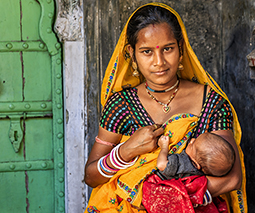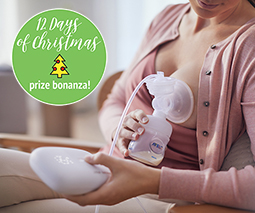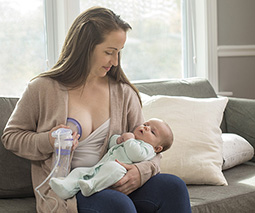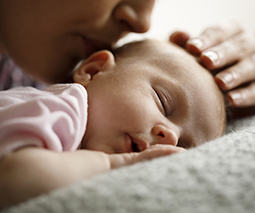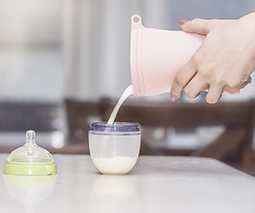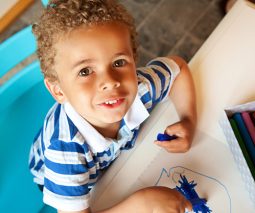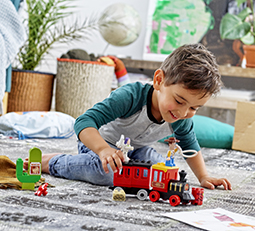Liquid gold: South Australia opens first breastmilk bank
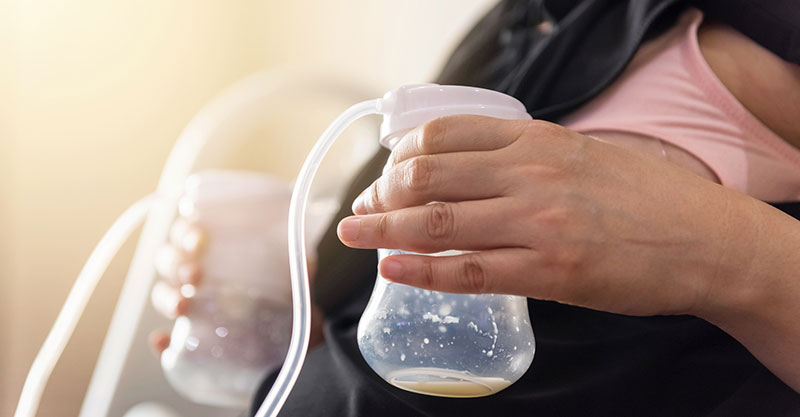
With a growing demand for donated breastmilk, South Australian mums’ calls have been answered, writes Lucy Kippist.
It’s often referred to as ‘liquid gold’ for its unprecedented level of irreplaceable nutrients.
And while breastmilk is considered the ideal first food for healthy newborn babies, for the 23,000 premature babies born in Australia this year, it can be lifesaving.
Unfortunately, due to the often-traumatic nature of the baby’s delivery, mother and baby can be left vulnerable at the most crucial time. Either the mother is unable to produce enough breastmilk, or the baby lacks the energy stores or developmental maturity to breastfeed.
Growing demand for donated breast milk
Enter the Milk Bank, the first of its kind established yesterday by the Australian Red Cross Blood Service at Adelaide’s Women and Children’s Hospital and Flinders Medical Centre.
The Milk Bank was launched in partnership with the South Australian Government, in response to the surging demand for a regular supply of donated breast milk in the area.
According to Milk Bank manager Christine Sulfaro, there are 24 Neonatal Intensive Care (NIC) hospitals in Australia, but currently, only four have a milk bank within their existing facility.
Listen to Kinderling Conversation:
Here’s how the process works
Christine told AAP she estimates an annual donation of 300 litres of breastmilk is required to meet the demands of the two new South Australian units.
To reach this amount of breastmilk, the bank will be collecting excess milk from mothers in the metro Adelaide area. From there it undertakes quite a journey – flown to the Red Cross processing centre in Sydney to be tested, processed, stored and distributed.
How are donors selected?
Unsurprisingly, there is a strict process of eligibility for milk donors.
Eligible donors must prove they have enough milk for their own babies, complete a lifestyle questionnaire and blood test to screen for infectious diseases, and answer a series of questions about their own baby’s health.
Christine told AAP that she hopes the South Australian centre will encourage the creation of banks in other states.
“We would welcome the opportunity to work with the NIC units and state governments,” she said.
For more information or to make a donation, visit the Milk Bank website.
This post was originally published on Kinderling Kids Radio. Download the Kinderling app for more great stories.
